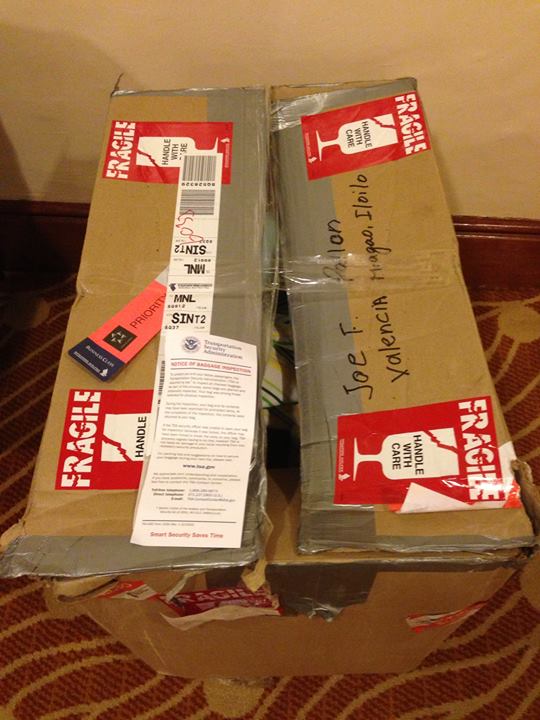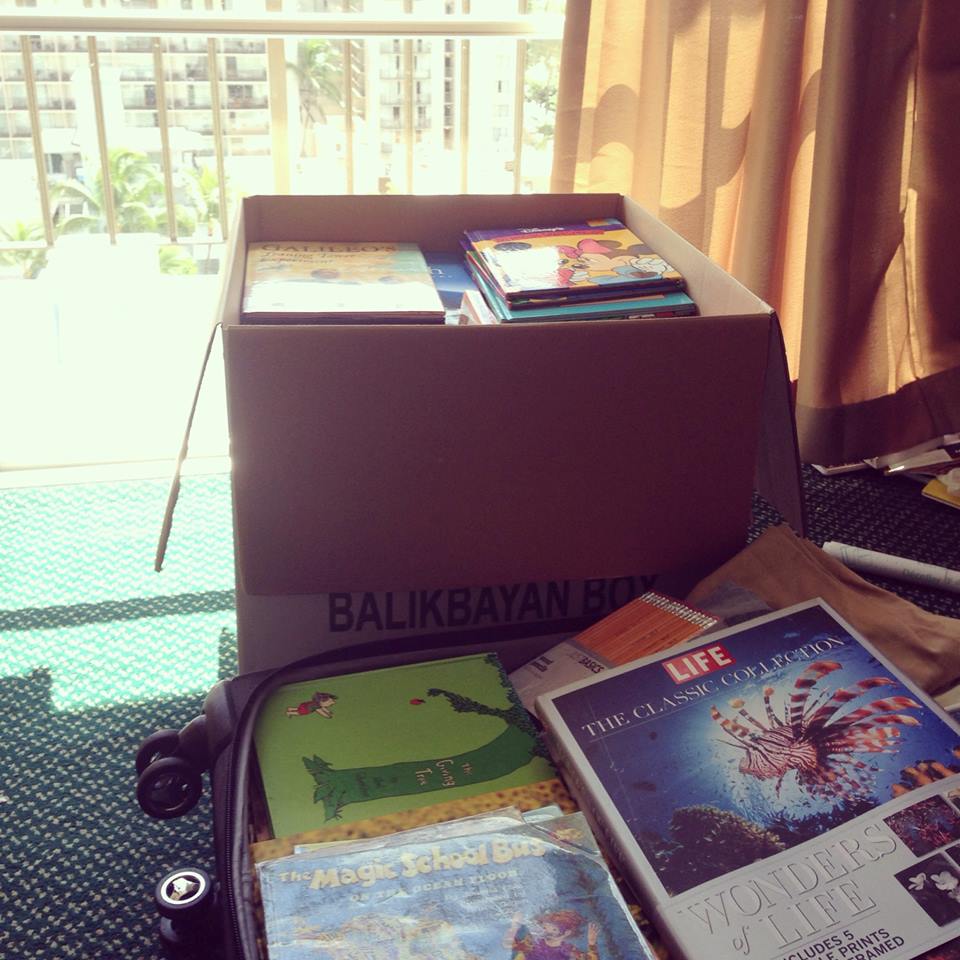I nervously walked up the stairs and followed the sound of rock music. I opened the door. The place was different from what I was envisioning in my head -- a lot cleaner, thankfully. Maybe the fluorescent lights just made the place feel... sterile? He asked me what I wanted, I pulled it out and showed him. He said it would probably take an hour or so.
Yo, chill - I was just there to get a tattoo.
Whenever people see my tattoo or discover that I have one, the natural question I get asked is, “What does it mean?” I have yet to figure out a way to explain it in less than thirty seconds. I’m assuming that if I’m able to do so, then I might be able to finish my explanation before being asked to scootch over a bit since I’m standing by the cooler or before being asked to take someone’s group picture (umm, just take a selfie!).
I love explaining it. I’m proud of it. And I guess that’s why I’ve decided to write about it.
The day was July 14, 2010, and I had been in Sydney for a little over a month for an internship program (but it was really an excuse to travel and experience my own version of The Real World: Australia). I had been toying with the idea of getting inked and I knew I wanted to get it done somewhere unique. Being away from home was a little bit of a confidence booster since I didn’t have to hide from my parents as it healed and then get lectured on how good boys are supposed to respect their bodies blah blah blah... This was the perfect opportunity for me to YOLO long before YOLO was even a thing!
The “it” that I pulled out was a piece of paper that had the word “mahal” written in Baybayin (pronounced bye-bye-in). Baybayin is an ancient pre-colonial Philippine writing system.
Why mahal? In English, it means “love.” As well as “expensive." Wait what’s that sound? The sound of your eyes rolling. Let me finish. You see, my tattoo is about living a life filled not only with love, but also with value.
Up to the point when I was sitting in that chair, I had experienced what it was to love someone, to have someone love me too, to have my heart broken, and to break someone’s heart. I had experienced the love of my family and friends. Everything that love was, is, and would be -- I wanted my life to be full of it.
I also wanted my life to be filled with value. Middle school and high school were particularly rough as I was struggling through the ups and downs of figuring out my sexuality, and accepting that part of my life. I knew that being openly gay did not equate to an easy (rather, preferred) life, but I decided that no matter what obstacles or insults would be thrown my way, I would remain steadfast in the truth that my life was worth it. Even more than that aspect, I wanted my life as a whole to be meaningful -- through my work, my experiences, my relationships, and even my imperfections.
Why is it on my shoulder? Well, when you love someone, you are a shoulder to cry and lean on. When you lead a meaningful life of value, you’re confident. And when you’re confident, you push your shoulders back and walk tall (or at least as tall as you can walk when you’re 5’6”). Seeing mahal in the mirror every morning is a reminder to myself. Am I changing the world everyday and hugging everyone out there? Absolutely not. But when I see it, I get that little tap on my shoulder (pun intended) that reminds me to at least try.
Why in Baybayin? I knew I wanted something unique. I wanted something that wasn’t so obvious. It ties me back to my cultural Pilipino roots. I thought there was something so poignant in the permanence of Baybayin on my skin. The places where I would live and work and play could all change, but one place that would never change is where I was born: Manila, Philippines.
Another place that would never change is where I spent my childhood, which was in Oman -- a small country in the Middle East. The etymology of the word ‘mahal’ is Arabic. My tattoo is literally a fusion of the two cultures that molded me as a child.
Everyone has their reasons for getting inked. My reasons just happen to take more than thirty seconds to explain.
So... did you still want me to take your group picture? Because I would LOVE to.
Photo credit: Christa Orcullo







